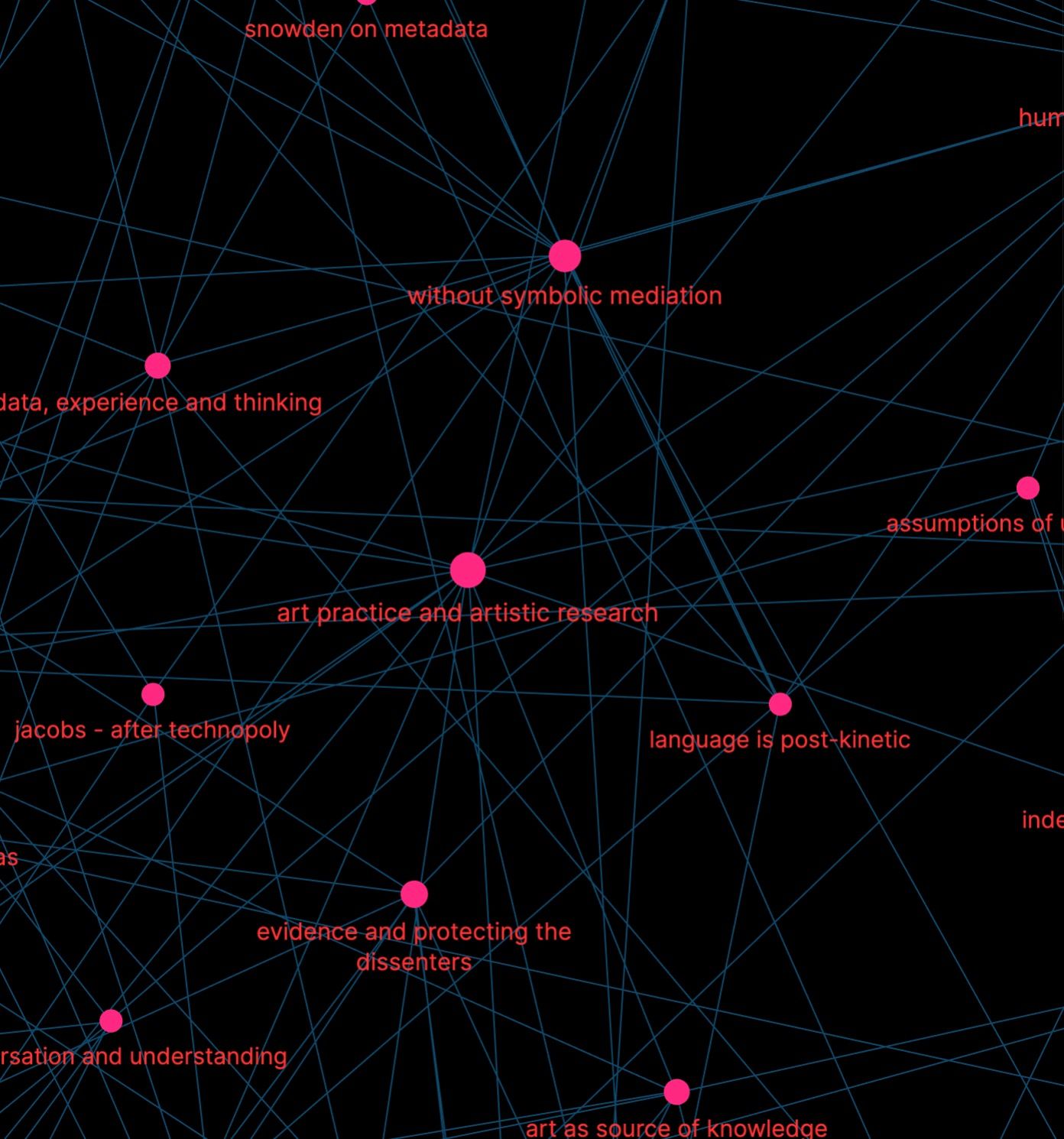It’s autumn in the northern hemisphere and this means — among many others things, and even in spite of a certain pandemic — that the new University year is starting. I don’t do any undergrad or graduate teaching any more, but I do have four or five PhD students starting in a couple of weeks. My early conversations with some of these students have been about setting up a system for coping with, organising and using the huge range of materials and ideas they will be reading, thinking about and addressing over the course of their research.
This blog post is an attempt to outline the principles of such a system rather then detail particular (software-based) methods for working with the principles. I do list the software I use in this system at the end of the post, and if you’d like some specific advice on software just drop me a line. The other caveat is that I’m not going to include methods for accessing, assessing and capturing information — that’s a whole other set of skills and practices. The research system principles in this post are about how to organise and work with the information you are reading, watching and listening to.
The three principles are:
1. Gardening
2. Noting
3. Referencing
This is the key principle. Any collection of ideas, notes and references needs attention and care. A research system is not an archive or solely a place to store materials. It is a place of active growth and change. Work with the system every day: reading, updating, changing, creating new connections or links, and editing notes. Not only does this build a deep understanding of how your system can work, but it also creates opportunities for new ideas, and you are also developing a writing practice through note-taking.
Taking notes is at the heart of any research system. Sönke Ahrens’ book How to Take Smart Notes1 is a great primer for learning about note taking. In the book he introduces the zettelkasten system made famous by the sociologist Niklas Luhmann.2 Here are some principles for note taking based on Ahrens’ suggestions:
Find and use a software-based reference system. I use Zotero because it’s free and open-source, is easy for collaboration, and is fantastically supported in the independent developer community. Any software reference database will make it possible for you to quickly search and add reference or citation keys in your writing. For example, this is a Zotero citation key for the Ahrens book: [@ahrens_how_2017]. My writing software is able to interpret that key to automatically create an in-line reference and footnote in any referencing style I choose (e.g. APA, Chicago, Harvard, etc).
My other suggestion about reference management is to store PDFs locally on your computer rather than in the reference management itself. This makes the PDFs easily accessible wherever you are and whatever device you are using. I store the PDFs (or epubs) in a single Dropbox folder (with no sub-directories) using the following naming format: lastname-year-first_word_of_title. For example my epub of Ahrens’ book is named ahrens-2017-how.epub. I avoid sub-directories or sub-folders because they make it harder for me to find the PDF/epub I am looking for.
This is the software I use (just in case it’s helpful to know):
Reference software: Zotero
Note-taking software: Sublime Text (text editor), DevonThink Pro (powerful search and AI functions), Obsidian (delightful linking software with a way of graphically representing links between notes). Here’s an image of that:

By the way, all three pieces of software are sharing — or looking at — the same collection of notes. This means that any edit I make in Sublime Text will show up in DevonThink and Obsidian (and vice-versa).
My research notes are based on the Zettelkasten system that Ahrens outlines. Each day I create new notes that are written as small, easy to edit, light-weight text documents (the format is actually called markdown, but it’s really just plain text) — remember, only one idea per note! Although the notes are stored locally on my computer, I also publish them to an open-access GitHub repository here: https://github.com/skellis46/slipbox. Take a look and it will give you an idea of the kind of information I include in the notes.
One final thing: Don’t use Microsoft Word for note-taking. It introduces unnecessary friction into your research system and makes it less likely to be future-proof. If you are looking for a free and powerful text-only note-taking app, I’d recommend nvALT by Brett Terpstra. It allows for cross-linking between notes and will ensure you focus only on the writing.
 asking questions
asking questions